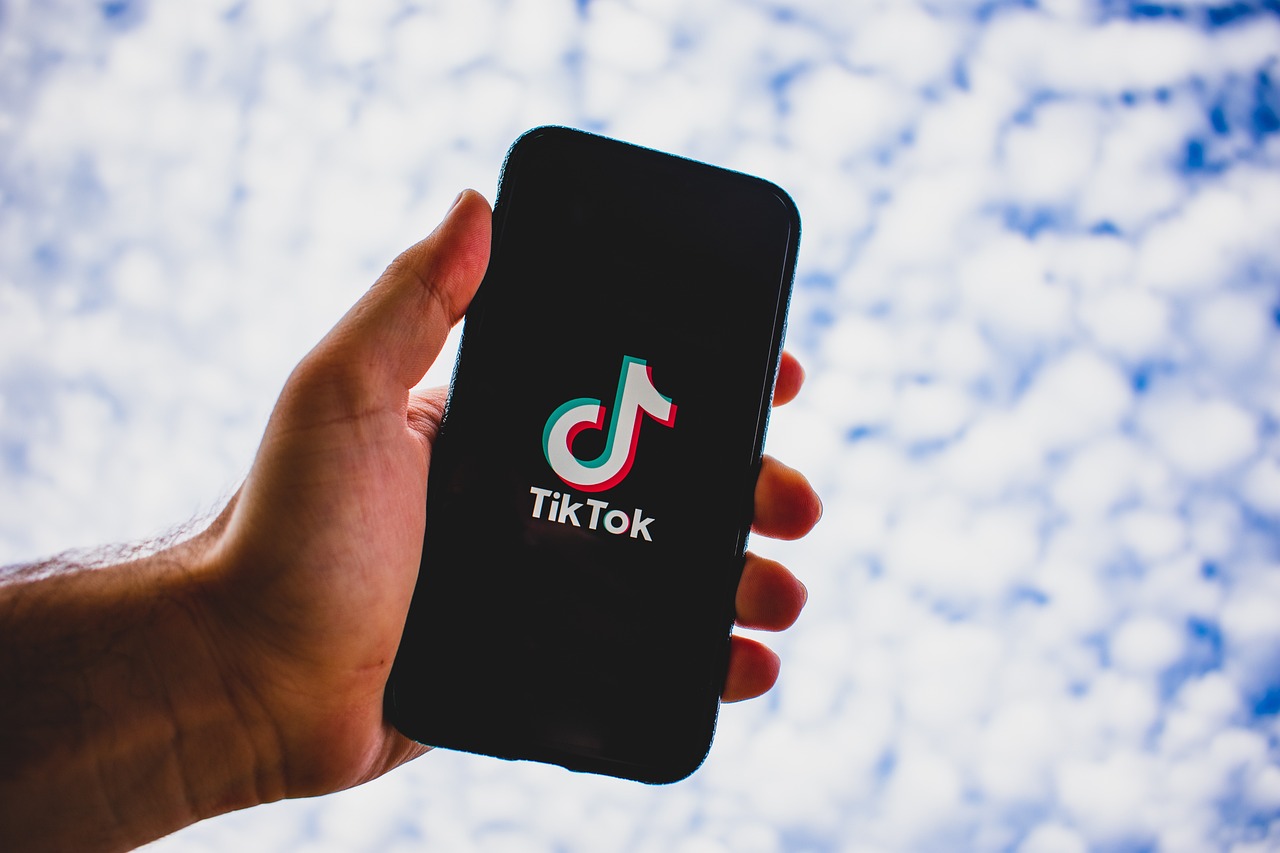
Vocabulary:
- algorithm /AL-guh-rith-uhm/
- divestiture /dih-VES-ti-cher/
- feasible /FEE-zuh-buhl/
- strenuous /STREN-yoo-uhs/
- disparity /dih-SPAR-i-tee/
[noun] – a set of rules or a step-by-step procedure designed to perform a specific task or solve a problem
The algorithm used on online shopping websites helps predict customer preferences and suggest products accordingly.
[noun] – the act of selling something, especially a business or part of a business, or of no longer investing money in something
The company announced the divestiture of its non-core assets to focus on its primary business operations.
[adjective] – able to be made, done, or achieved
The engineers are currently assessing whether the proposed solution is feasible within the given time frame.
[adjective] – needing or using a lot of physical or mental effort or energy
Preparing for the international conference was a strenuous task that involved months of meticulous planning and coordination.
[noun] – a lack of equality or similarity, especially in a way that is not fair
The study revealed a significant disparity in income levels between urban and rural areas.
Article reading:
Sources, who chose to remain anonymous due to a lack of authorization, revealed that this separation of the source code could prepare the foundation for the eventual divestiture of TikTok’s assets in the U.S. However, the company has indicated that there are no immediate plans for such a move, reasserting previous statements that selling off its U.S. assets is not feasible. Initially, TikTok declined to comment on these issues. After the story was published, TikTok criticized the report as misleading and factually incorrect, though it did not clarify these claims. The company also referenced a portion of its federal lawsuit, arguing that the required divestiture is impractical within the prescribed timeframe and technologically unfeasible. In recent months, teams of engineers across the U.S. and China at ByteDance and TikTok have been laboring to separate millions of lines of code, focusing particularly on the recommendation algorithm. This strenuous task highlights the complexities of detaching TikTok’s U.S. operations from ByteDance. Despite facing numerous legal and technical challenges, TikTok continues its determined efforts to ensure its U.S. operations are autonomous, even though this might lead to some disparities in performance after the separation.
Discussion Questions:
- Have you ever encountered a situation where an app or service you regularly use faced regulatory challenges like TikTok? If yes, how did these challenges impact your experience with the app? If not, how do you think you would react if a service you rely on encountered similar regulatory issues?
- Have you ever experienced using a technology platform that needed to separate its operations due to legal requirements? If yes, what were your thoughts on the process and its outcome? If not, how do you think such a separation might affect users’ experiences with the platform?
- Do you think users should be more informed about the regulatory and legal challenges faced by the technology platforms they use?
- How should tech companies balance user privacy and national security when operating internationally? Why do you think one should be prioritized over the other?
- How might strict regulations affect the way technology companies innovate and compete globally?
Summarization
Describe:
- asset
- authorization
- autonomous
- anonymous
- complexity